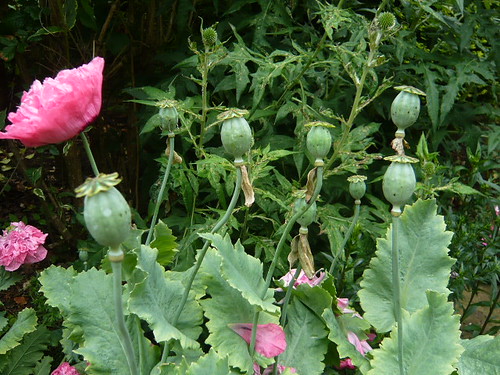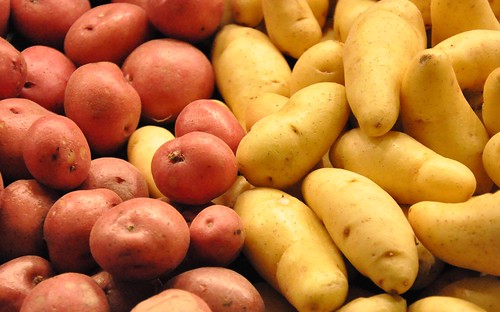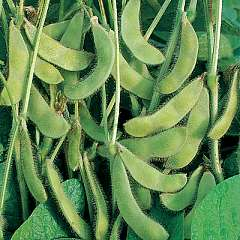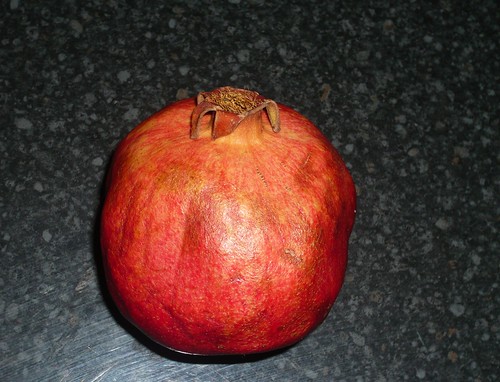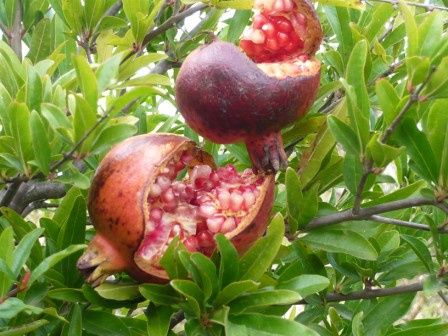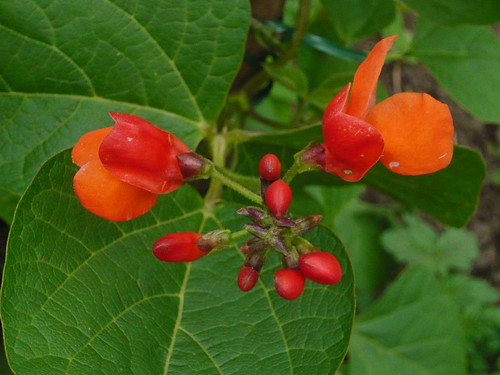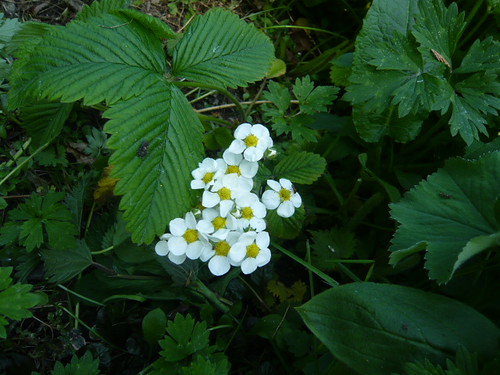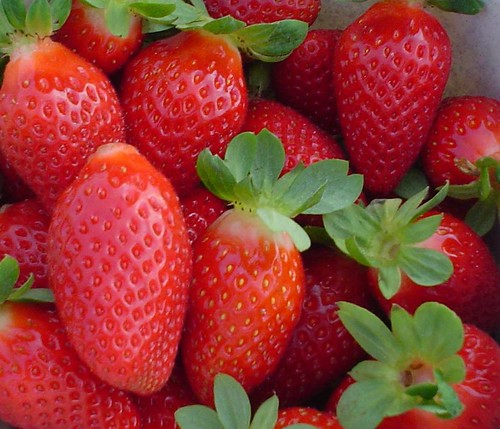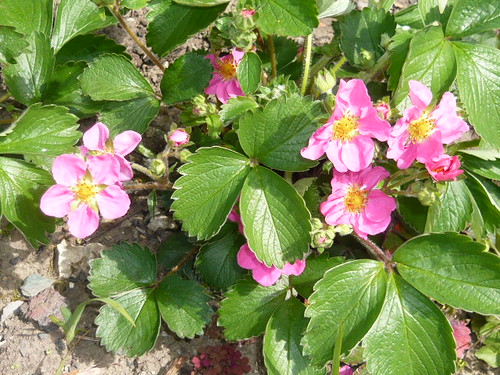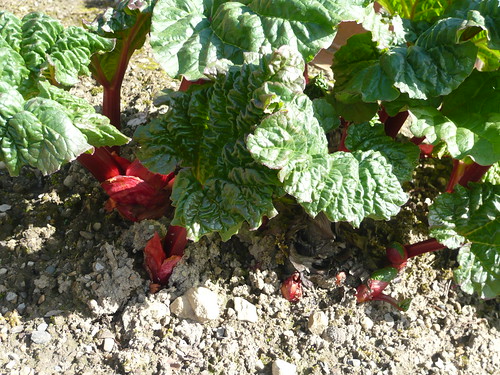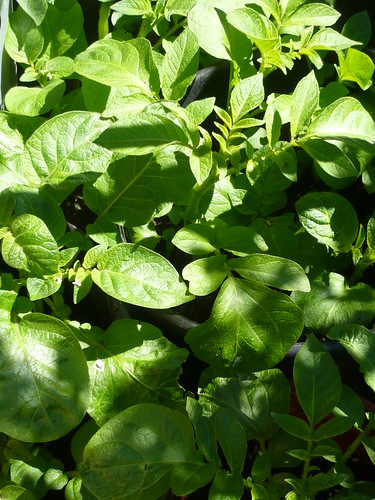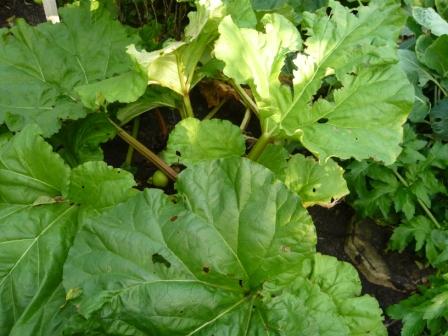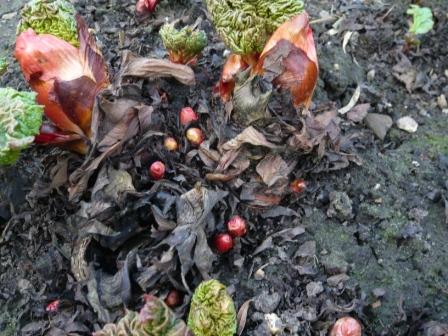Poppy Companion Planting with Vegetables
Think before you allow poppies to proliferate.
Poppies rob a lot of goodness from your soil.
Poppies and Vegetables
- Poppies grown close to purple sprouting broccoli and other brassicas will inhibit the plants and reduce your potential crop.
- Poppies that are planted close together have the ability to kill off other plants.
- Odd self sown poppies may not have a dramatic effect but better safe than sorry.
- Beans and Peas that ‘fix’ nitrogen back into the soil may not appear to suffer such an effect but take care with green leaf crops.
Poppies as a Weed
- The large quantity of seed produced from a few plants can cause poppies to become weed like infestations.
- If I could convert the latex into a useful crop as they do in Afghanistan it may be another story
- Seed remains viable in your soil for many years. One years seeding = many years of weeding
- Long tap roots make some poppies hard to weed. If you break the root you may get two plants next time.
Uses of Poppies and Seeds
- Seed from the opium poppy Papaver somniferum can be crushed to form seed oil.
- Poppy seeds are used, whole or ground, as an ingredient in many foods such as bread and baked products.
- Different varieties of poppy seed are used as a spice, a condiment, a decorative garnish and a thickener in food.
- Seeds can be used in bird seed mixes
- Poppy is popular in many different international cuisines.
- The crop is grown for the production of opium, morphine, codeine and the alkaloid thebaine
Related try Growing Poppies from Seed

